What is Hezbollah, the Iranian-backed Lebanese group hit in ‘double tap’ pager attacks?
Israel has declared a ‘new phase of war’ on its border with Lebanon
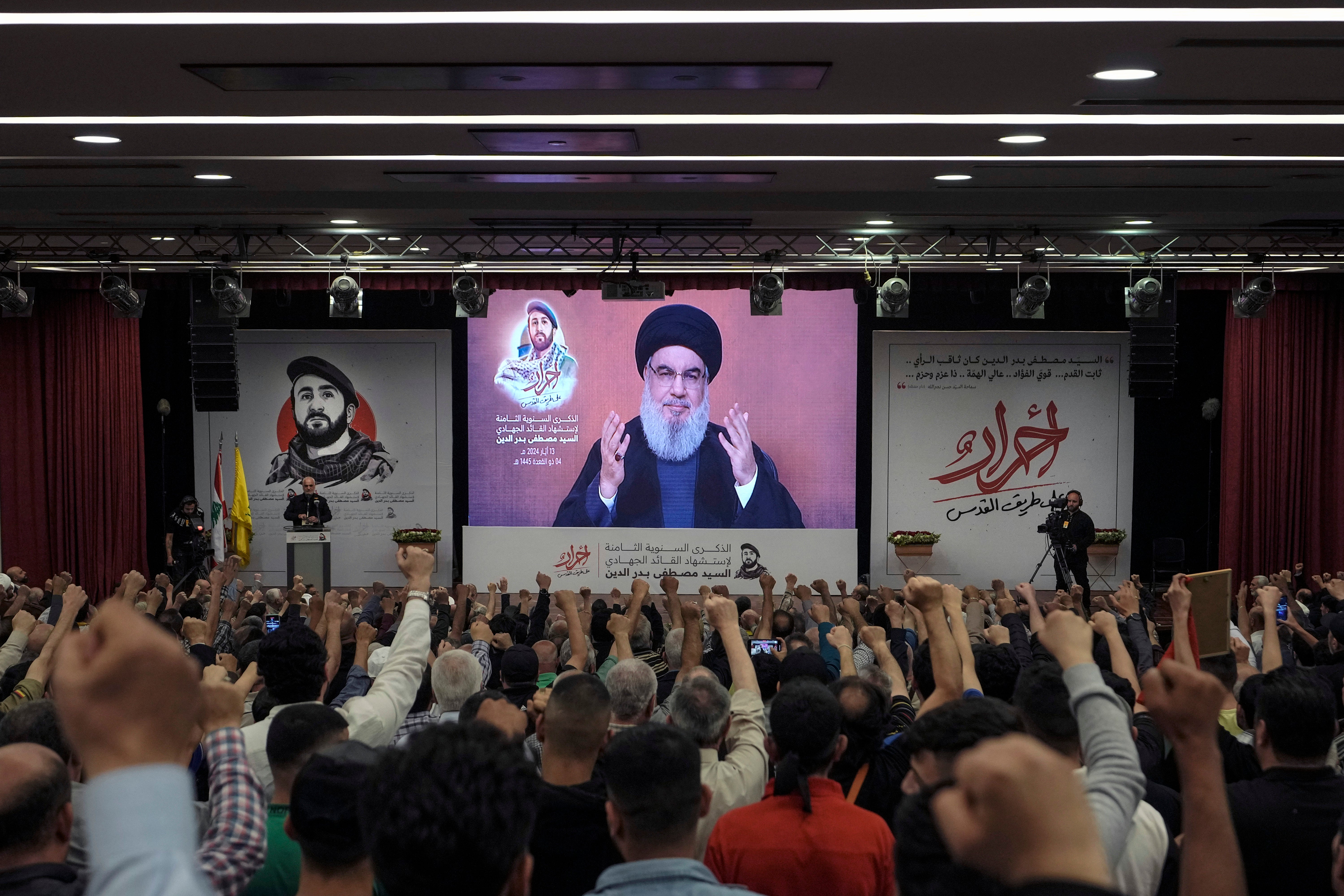
Your support helps us to tell the story
This election is still a dead heat, according to most polls. In a fight with such wafer-thin margins, we need reporters on the ground talking to the people Trump and Harris are courting. Your support allows us to keep sending journalists to the story.
The Independent is trusted by 27 million Americans from across the entire political spectrum every month. Unlike many other quality news outlets, we choose not to lock you out of our reporting and analysis with paywalls. But quality journalism must still be paid for.
Help us keep bring these critical stories to light. Your support makes all the difference.
Hezbollah and Israel have exchanged intense rounds of rocket fire and airstrikes after the Lebanese militant group was targeted by an attack which caused their communication devices to explode.
In an unprecedented attack which killed at least 12 people and injured nearly 3,000 more, pagers used by the group were simultaneously detonated on Tuesday, sparking widespread panic in Beirut and southern Lebanon.
The following day, a further 25 people were killed and more than 600 wounded in Lebanon as walkie-talkies were also remotely detonated.
While Israel has not commented, a senior Lebanese security source said Israel’s spy agency Mossad – which has a long history of complex attacks on foreign soil – planted explosives inside the pagers. The claim was mirrored by US officials cited in American media.
With Israel’s defence minister Yoav Gallant simultaneously declaring his country was entering a “new phase in the war”, in which the conflict’s “centre of gravity” will shift to Israel’s northern border, Hezbollah chief Hassan Nasrallah described the twin attacks on Thursday as “a declaration of war” by Israel.
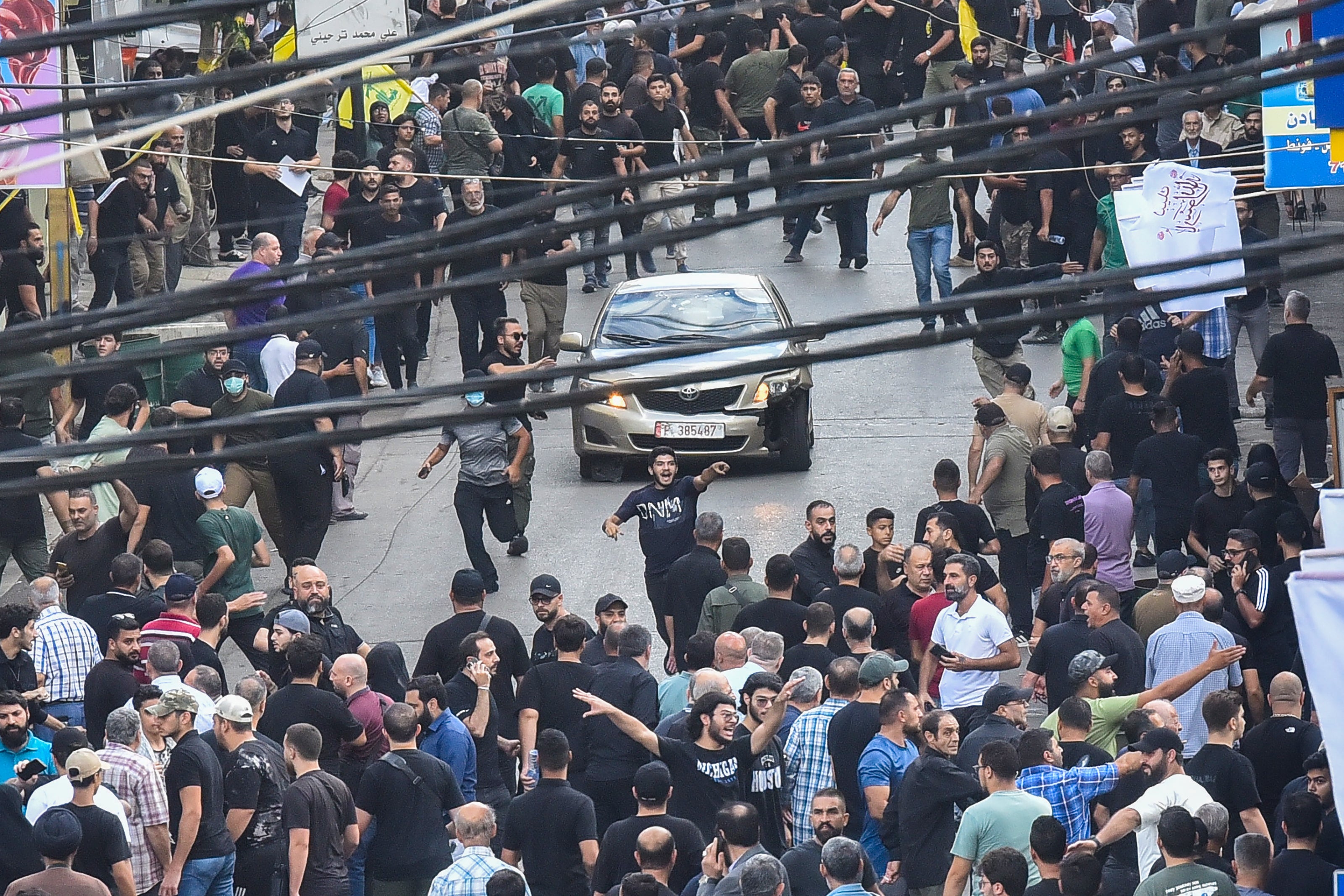
Accusing Israel of having exceeded “all limits, rules, and red lines,” Nasrallah vowed that a “reckoning will happen” and warned that his group would not permit the 60,000 Israelis evacuated from northern Israel since last October to return to their homes until there is peace in Gaza and the occupied West Bank.
Nasrallah said: “You’ve challenged us, and we again rise to the challenge. I say to Netanyahu and Gallant: you will not achieve this goal. You won’t be able to return these people to the north. The only way you can do this is by stopping the aggression on Gaza and the West Bank. This is the only way.”
As Israeli jets flew low over Beirut on Thursday, fears grew of all-out war between Israel and Hezbollah, who have been trading frequent fire across the Lebanese border since Hamas’s attack on 7 October sparked the war in Gaza, with Israel notably killing Hezbollah commander Fuad Shukr in a Beirut strike in July.
Below, we look at who the Hezbollah group is and why they are involved in this conflict.
What is Hezbollah?
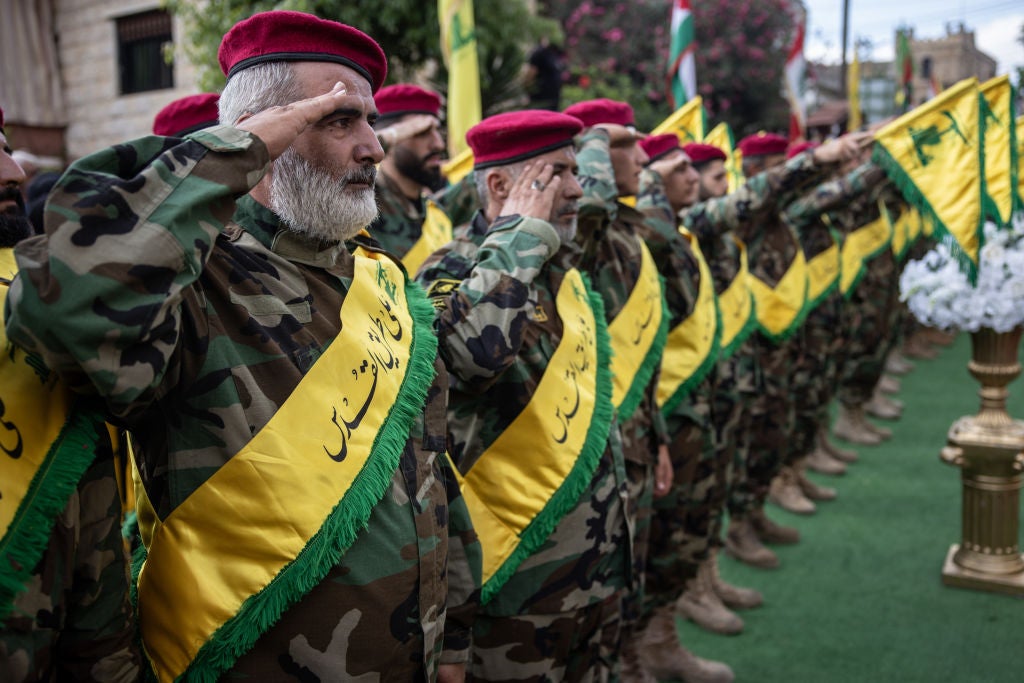
Founded in 1982 during Lebanon’s civil war, Hezbollah’s initial objective was ending Israel’s occupation of southern Lebanon. It achieved that in 2000.
Shiite Muslim Hezbollah is part of a collection of Iranian-backed factions and governments known as the Axis of Resistance. It was the first group that Iran backed and used as a way to export its brand of political Islamism.
In its early days the group attacked US targets, causing Washington to designate it as a terrorist organisation.
“Iran’s support has helped Hezbollah consolidate its position as Lebanon’s most powerful political actor as well as the most-equipped military actor supported by Iran in the whole of the Middle East,” said Lina Khatib, the director of the SOAS Middle East Institute in London.
Hezbollah fighters ambushed an Israeli patrol in 2006 and took two Israeli soldiers hostage. Hezbollah and Israel fought a monthlong war that ended in a draw but Israeli bombardment wreaked widespread destruction in southern Lebanon.
Israel’s objective was eliminating Hezbollah but the Lebanese group came out stronger and became a key military and political power on Israel's northern border.
Domestic opponents have criticized Hezbollah for maintaining its arsenal and for coming to dominate the government. Hezbollah's reputation also suffered when it briefly seized a section of Beirut in May 2008 after the Lebanese government took measures against its private telecommunications network.
Hezbollah's military capabilities have also surged, and it has played a key role in the Syrian civil war, keeping President Bashar al-Assad in power. And it has helped train Iran-backed militias in Syria and Iraq, as well as Yemen's Houthi rebels.
How did Hezbollah get involved in the Israel-Hamas war?
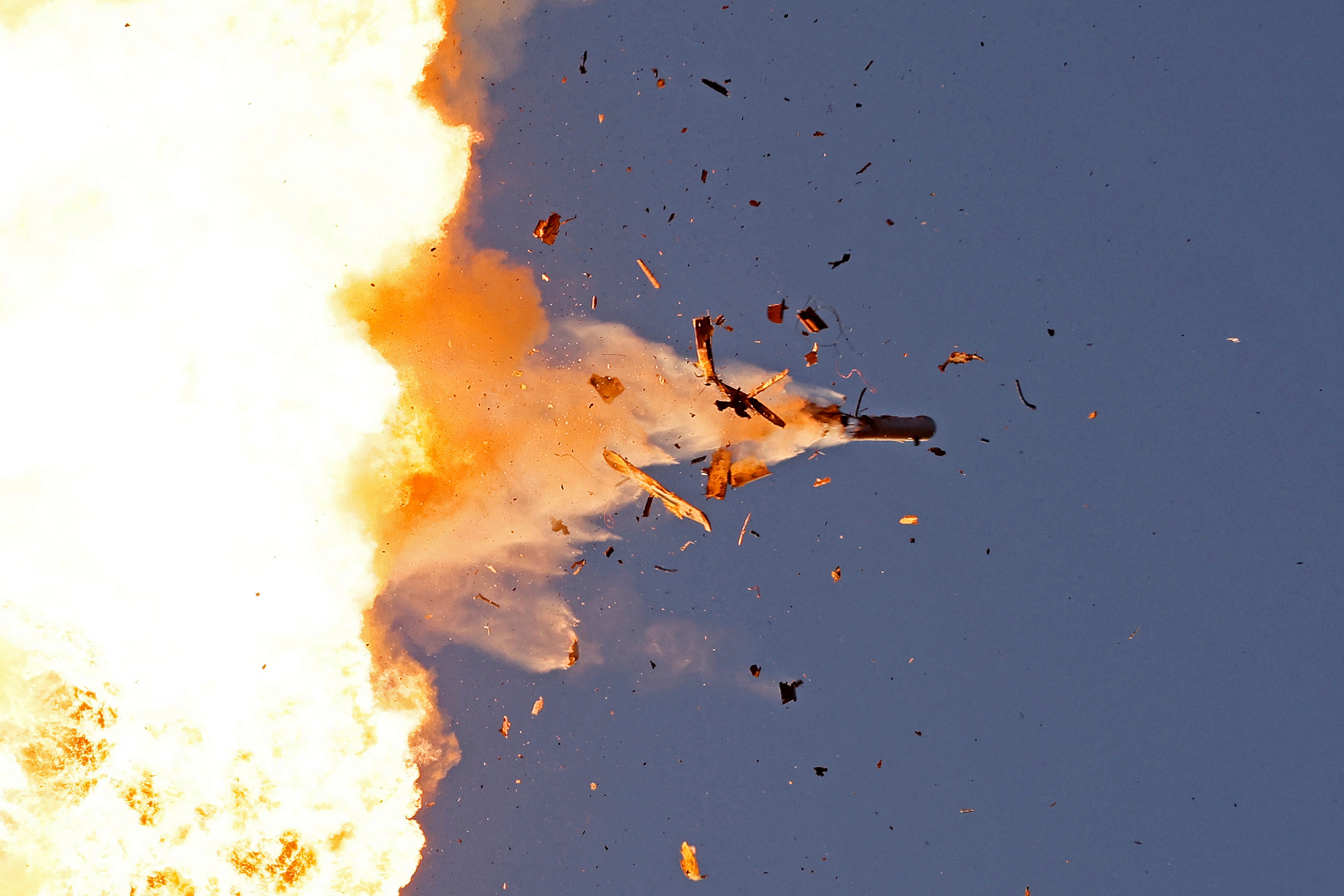
Hezbollah is a powerful part of the “Axis of Resistance”, an alliance of Iran-backed groups across the Middle East that also includes Hamas.
Hamas ignited the Gaza war by attacking Israel on 7 October, during which they killed around 1,200 people and took 251 hostages inside Gaza. Roughly half of the hostages are still being held captive. More than 41,000 people have died in Gaza since Israel launched it’s military response, accoreding to health officials in the Hamas-run strip.
Declaring solidarity with the Palestinians, Hezbollah began firing on Israeli positions in the frontier region on 8 October.
The sides have been trading fire on a near daily basis since then, with Hezbollah launching rockets and drones and Israel mounting air and artillery strikes. The attacks have mostly struck near or at the frontier, but both sides have also widened their attacks.
Tens of thousands have been uprooted in Lebanon and Israel.
What are Hezbollah’s military capabilities?
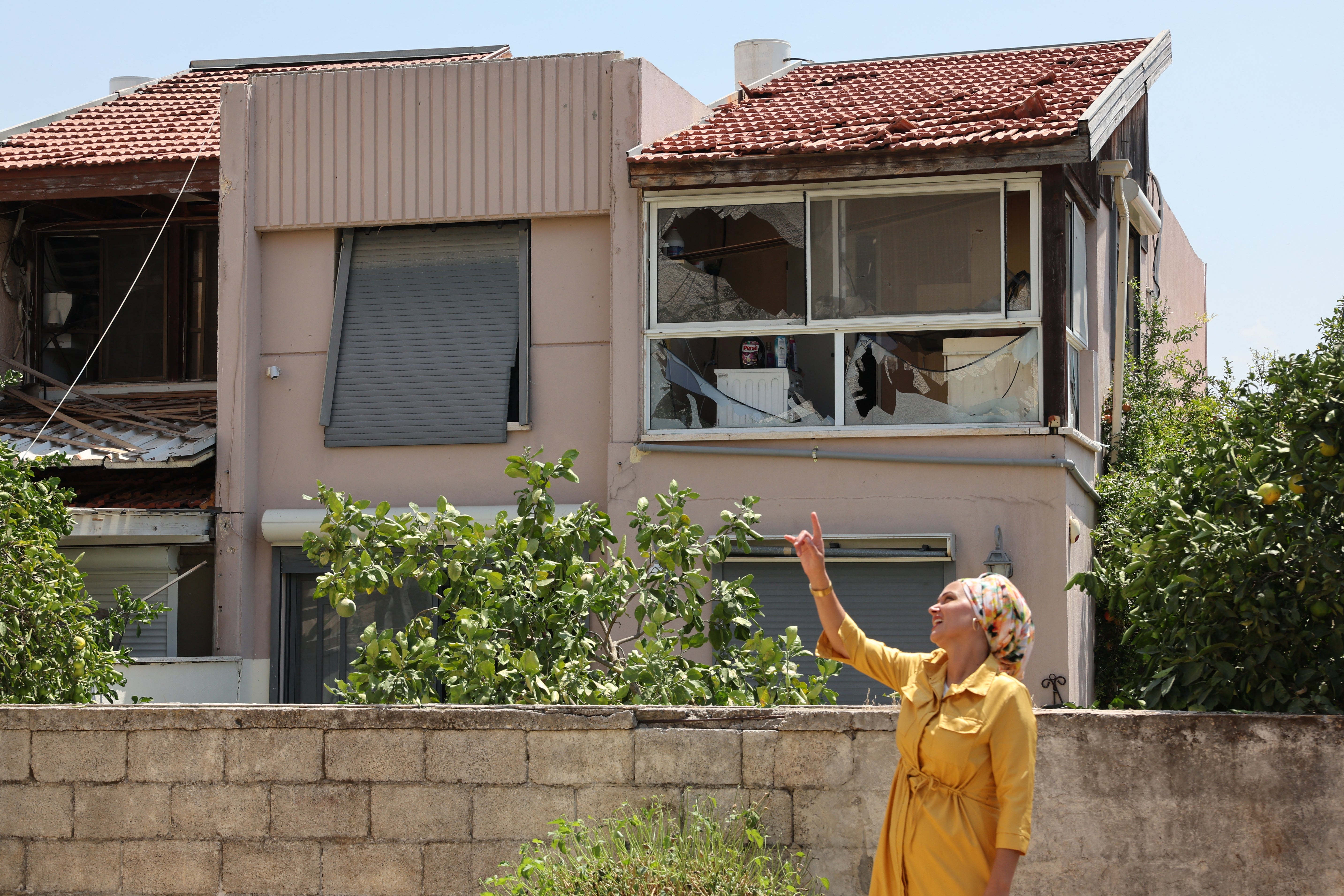
Throughout its latest conflict with Israel, Hezbollah has gradually introduced new weapons to its arsenal, especially after Israel began its ground invasion of the southern city of Rafah in Gaza in early May.
While Hezbollah initially began launching Cornet anti-tank missiles and salvos of Katyusha rockets, it later started using rockets with heavy warheads, and eventually introduced explosive drones and surface-to-air missiles for the first time. Nasrallah said the drones are locally manufactured, with many at their disposal.
The group notably released the two videos of footage from drones over Haifa and other sites in northern Israel, showing critical civilian and military infrastructure in a move intended to showcase new access and capabilities and deter Israeli attack.
How does Hezbollah compare to other Iranian-backed groups?
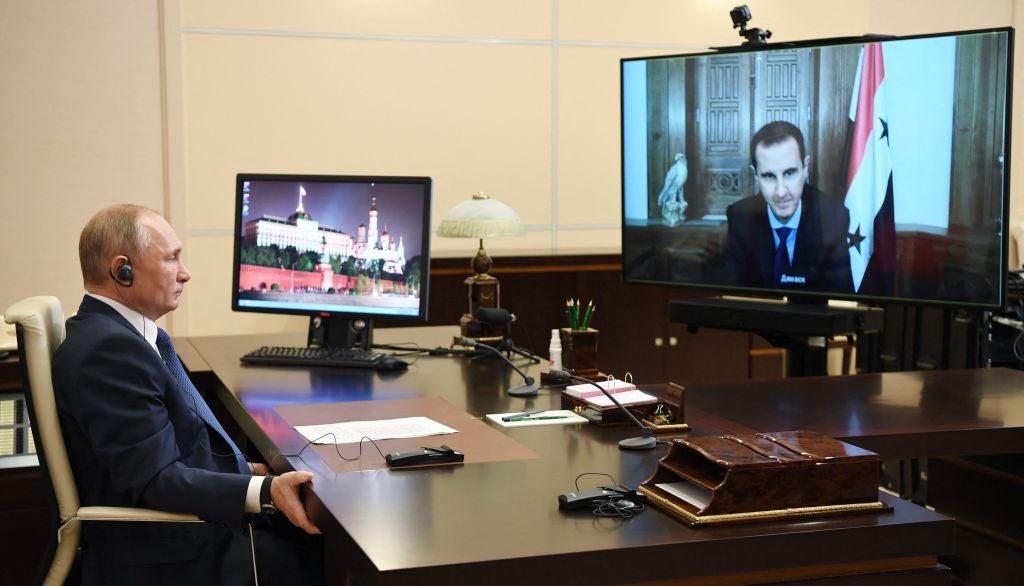
Hezbollah is the Arab world’s most significant paramilitary force with a robust internal structure as well as a sizeable arsenal. Israel sees it as its most direct threat, and estimates that it has an arsenal of 150,000 rockets and missiles, including precision-guided missiles.
In recent years, Hezbollah sent forces to Syria to help fellow Iranian ally President Bashar Assad against armed opposition groups. It also supported the growth of Iranian-backed militias in Iraq, Yemen and Syria.
Khatib of the SOAS Middle East Institute in London likened Hezbollah to a “big brother” of fledgling Iranian-backed groups that “do not enjoy the same level of infrastructure or discipline.”
Hezbollah is bound to Iran by doctrine. However, its relationship with Hamas is based on pragmatism.
In recent years, some Hamas officials, including its former second-in-command, Saleh al-Arouri, have since moved to Lebanon, where they have Hezbollah’s protection and a presence across Lebanon’s multiple Palestinian refugee camps. Arouri was killed in an Israeli drone strike in a southern Beirut suburb in January.
Who is Hezbollah’s leader Hassan Nasrallah?
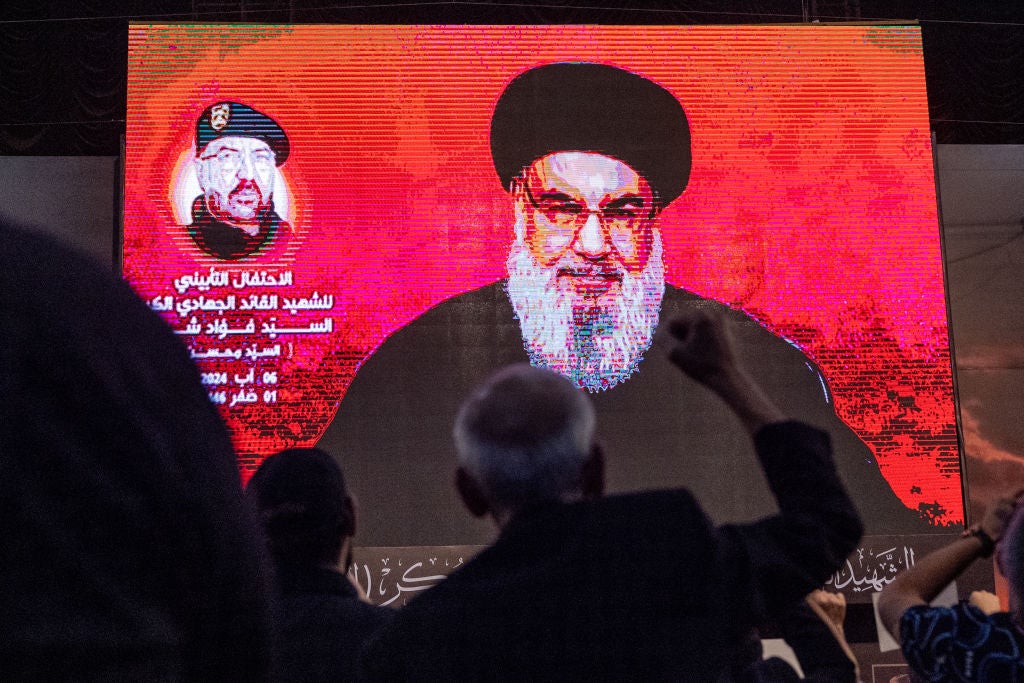
Born in 1960 into a poor Shia family in the Beirut suburb of Bourj Hammoud and later displaced to south Lebanon, Nasrallah studied theology and joined the Amal movement, a Shiite political and paramilitary organization, before becoming one of Hezbollah’s founders.
He became Hezbollah’s leader in 1992 after his predecessor was killed in an Israeli strike.
Idolised by many for presiding over Israel’s withdrawal from the south and leading the 2006 war, his image appears on billboards and on gadgets in souvenir shops in Lebanon, Syria and other countries across the Arab world. But he also faces opposition among Lebanese who accuse him of tying their country’s fate to Iran.
Nasrallah is also considered to be pragmatic and able to make political compromises.
He has lived in hiding for years, fearing Israeli assassination, and delivers his speeches from undisclosed locations.
Subscribe to Independent Premium to bookmark this article
Want to bookmark your favourite articles and stories to read or reference later? Start your Independent Premium subscription today.